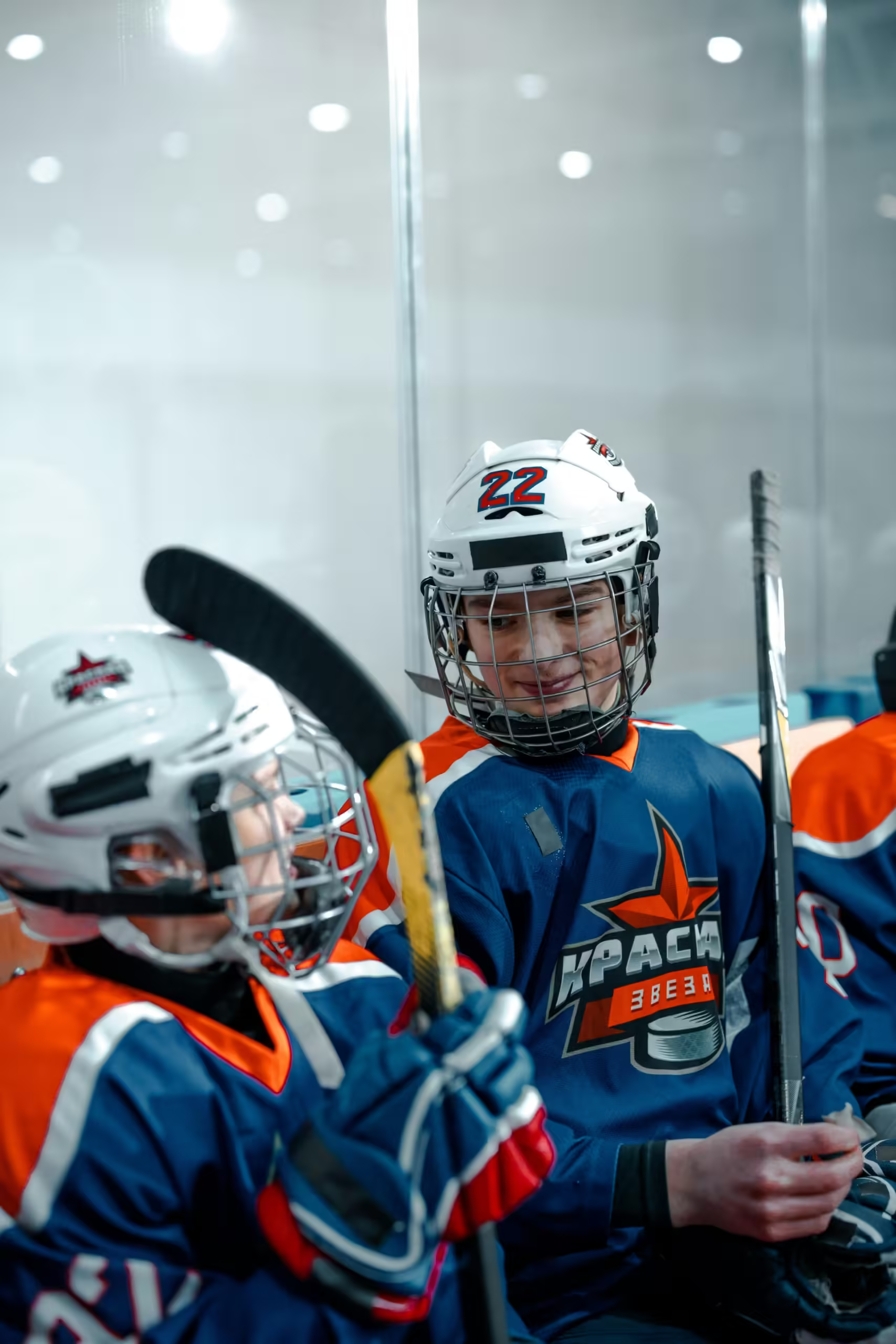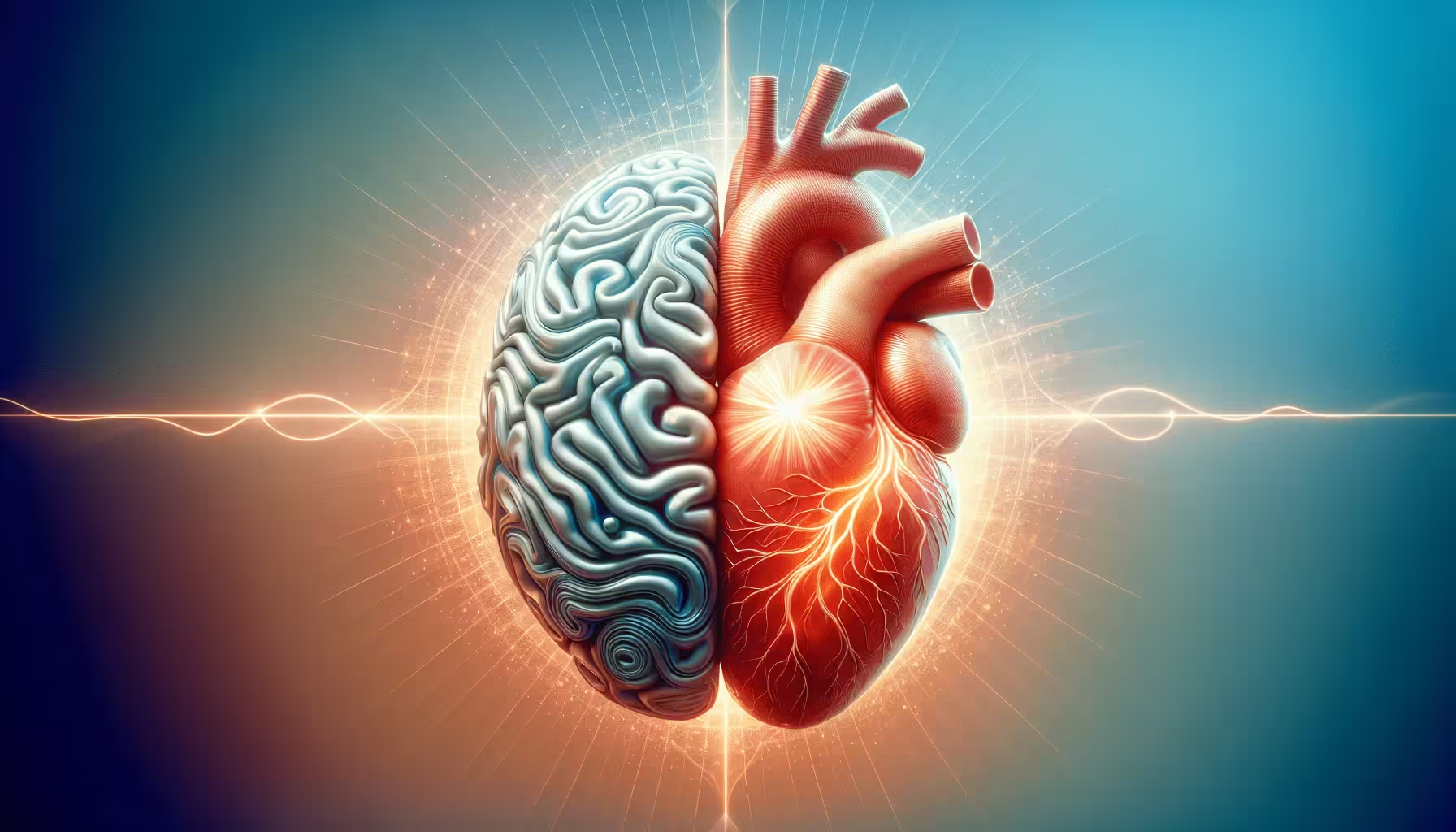What Does Physically and Mentally Mean and How to Write Descriptive Sentences?
What does it mean to be physically and mentally present? How do these concepts influence the way you craft descriptive sentences? These questions delve into a central part of communication and expression. Understanding the nuances of physical and mental facets can elevate your writing, allowing you to articulate thoughts with clarity and depth.

Table of Contents
Overview of Writing Sentences
In the realm of crafting sentences, one must aim for a comprehensive definition of meaning. Every sentence, keyword, and piece of content should be grounded in factual accuracy. This approach excludes rumors or speculations, fostering a credible and trustworthy narrative. By adhering to these principles, you ensure that your content captivates and holds the reader’s interest.
Holistic Definition: The Core of Meaning
When constructing sentences, consider the holistic essence of your content. This means integrating key terms that are pivotal to the topic while weaving them seamlessly into the narrative. The depth of understanding shown in your writing can often dictate its quality. Take care to provide detailed descriptions, which can illuminate complex ideas for readers unfamiliar with the subject.
Reliance on Facts Over Speculation
To engage readers and gain their trust, your content must be firmly anchored in facts. Adopting this strategy not only garners interest but also strengthens your argument or narrative. Ensure that each sentence supports your thesis with evidential backing, making your writing not only persuasive but also authoritative.
Crafting Sentences With Technological Precision
In an age where digital readability correlates with engagement, writing sentences that align with certain technical guidelines becomes imperative. These guidelines encompass clarity, coherence, and conciseness, ensuring that your message is communicated effectively. Detailed descriptions serve to connect readers on a conceptual level, providing them with a comprehensive understanding of your subject matter.
Title Crafting: Strategies for Engagement
The art of title crafting is as much a science as it is a skill. Crafting an engaging title involves various methods. Whether it’s a list, question, or guide format, selecting the right style can significantly enhance visibility and appeal.
Optimizing for Search Engines
A well-chosen title does more than capture attention; it can optimize your content for search engine visibility. This often necessitates the inclusion of pertinent keywords within a succinct framework, typically no longer than 60 characters. Numbers or list formats can further enhance attractiveness by promising specific, digestible insights.
Engaging Curiosity Through Questions
Titles shaped in the form of questions can stimulate curiosity and provoke thought. By posing a query, you invite the reader to embark on a journey for answers, thus creating an interactive reading experience.
Problem-Solving Titles for Reader Interaction
Titles that offer problem-solving guidance hold intrinsic value, serving as both an educational tool and a solution repository. These titles present clarity and direction, enticing readers with the promise of practical insights and applications.
Writing Descriptive Sentences
Descriptive sentences serve to paint vivid imagery in the reader’s mind, employing language that is as visual as it is informative. Crafting sentences that capture the essence of physical and mental elements can be an intricate process that demands a fine balance between detail and brevity.
Defining Key Concepts and Terminology
Before diving into descriptive writing, it’s crucial to define and clarify complex concepts. This ensures that readers are on the same page, enabling them to grasp the more intricate details you intend to convey. Incorporating images or videos can further enhance understanding by contextualizing theoretical elements.
Engaging with Physical Descriptions
Physical descriptions aim to create tangible imagery, allowing readers to visualize the scene or subject in question. This involves honing in on sensory details—describing the texture, color, and size, which collectively bring the physical aspects to life.
Mental Constructs: Beyond the Physical Realm
Conversely, mental descriptions traverse the internal landscapes of thought and emotion. These descriptions engage with the abstract, requiring nuanced language to articulate feelings and cognitive processes effectively.
Historical Context and Current Trends
A profound understanding of historical context can provide a solid foundation for analyzing contemporary elements. This section seeks to elucidate the historical perspectives while examining current trends impacting descriptive writing and the dual concerns of physical and mental dimensions.
Historical Context: Rooted in Tradition
Descriptive writing has its roots in classical literature, where vivid imagery and layered narratives played crucial roles. By reflecting on these traditions, one can better comprehend the evolution and importance of descriptive techniques in modern writing.
Current Trends: Evolving Tactics in Communication
Today’s technological advancements continue to shape the way we engage with descriptive writing. The use of multimedia and interactive elements can transform traditional narratives into dynamic experiences, blurring the lines between reader and participant.

Key Concepts and Definitions
To write descriptions that captivate both physically and mentally, a thorough understanding of key terms is indispensable. Exploring these concepts from a comprehensive angle aids in elevating both the depth and clarity of your writing.
Physical Definition: Tangibility in Language
Physical descriptions deal with the tangible and the observable. This involves not just a recounting of facts but a nuanced description that captures the essence of physicality, such as form, space, and material presence.
Mental Definition: The Abstract in Articulation
Mental descriptions express the intangible realm of thoughts, emotions, and consciousness. This demands a sophisticated approach to language that can convey abstract ideas with precision and relatability.
Detailed Analysis and Comparative Study
Understanding the complexity of descriptive writing involves exploring various methodologies and perspectives. By analyzing case studies and comparing different approaches, you can gain a multifaceted understanding of this art form.
Case Study: Physical Descriptions in Narrative
Consider a narrative case study where physical descriptions are paramount. Examine how sensory details and environmental depictions enrich storytelling, providing invaluable insights into the setting and mood.
Case Study: Mental Imagery in Character Development
In literary contexts, mental descriptions contribute significantly to character development. Explore how cognitive and emotional portrayals breathe life into characters, creating relatable and profound narratives.
Comparative Analysis: Blending Physical and Mental Narratives
A balanced narrative often demands blending physical and mental descriptions. Analyze various literary works that employ this technique effectively, articulating how each method contributes uniquely to the overall story.

Impact Assessment: Writing’s Role in Perception
Writing, especially with descriptive elements, holds the power to transform perception and understanding. This section explores the impact of descriptive writing across different contexts and its implications for readers and society at large.
Analyzing the Influential Role of Descriptive Writing
Descriptive writing can shape perceptions, evoke emotions, and foster understanding. By examining its influence in various fields, you gain insights into its transformative potential and societal impact.
Consequences of Interpretation: Physical vs. Mental Focus
The balance between physical and mental focus in writing can lead to diverse interpretations. Understanding these interpretations allows writers to tailor their narratives, achieving specific outcomes and engaging different reader emotions.
Future Directions and Implications
As the world continues to evolve, so too does descriptive writing. Future trends and predictions offer fascinating possibilities for this literary art, influencing how we write, read, and interpret language.
Predictions: The Future of Descriptive Expression
In predicting future trends, you may foresee an increased fusion of traditional and digital media. With technological integration, descriptive writing could evolve further, offering interactive experiences that redefine reader engagement.
Implications for the Industry: An Analytical Perspective
The implications of evolving descriptive techniques bear significance for industries such as publishing, education, and digital communications. By adopting new strategies and understanding evolving trends, these sectors can harness the potential of descriptive writing.

Conclusion
To conclude, understanding the essence of physical and mental attributes in writing is pivotal to crafting impactful descriptive sentences. From historical roots to current trends and future implications, these insights provide a comprehensive overview beneficial to any writer. As you reflect on the power of descriptive writing, consider how you might incorporate these strategies to enrich both your own narrative expression and that of your readers. What are your thoughts on the transformative power of descriptive writing in contemporary communication?
Your exploration of the physical and mental dimensions in crafting descriptive sentences has hopefully illuminated new techniques and strategies for engaging your audience. Dive further into these concepts by exploring related materials, and consider the potential of descriptive writing in your future projects.
How do you describe someone’s physical and mental health?
Safety First: An Essential Guide to Natural Disaster Preparedness

